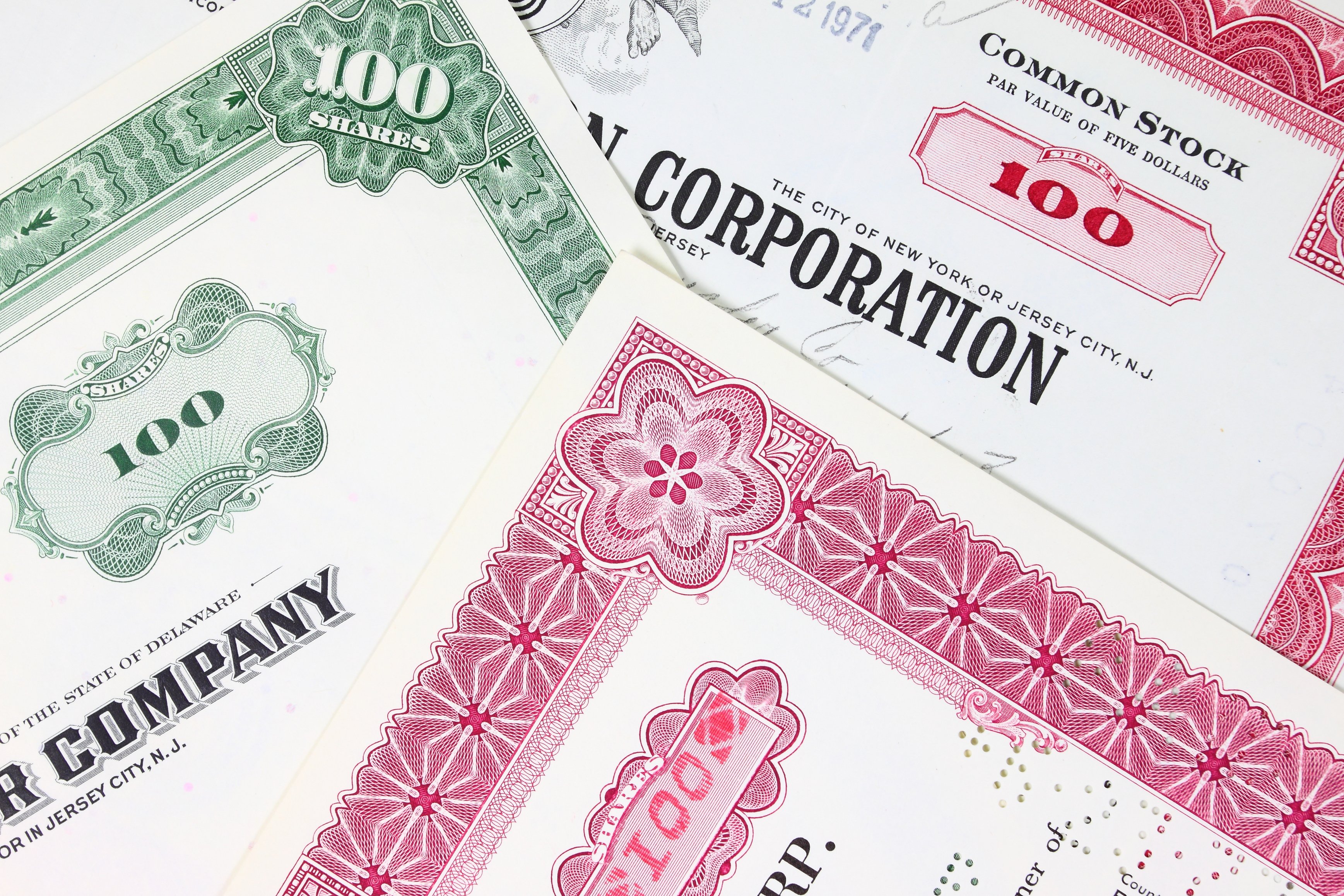In the dividend report card series, we analyze financial metrics to begin answering the following questions about a company's dividend:
- Over time, has this company steadily increased its payouts?
- How sustainable is the dividend?
- Does the company have room to further increase the dividend?
For a full explanation of each category, click here for a tutorial.
Today's pupil is Johnson & Johnson (NYSE: JNJ) which has a 3.7% yield.
Dividend history
|
Metric |
5-Year Annualized Growth Rate |
|---|---|
|
Dividend per share |
11.1% |
|
Diluted earnings per share |
10.1% |
Source: Capital IQ, a division of Standard & Poor's.
This is exactly what you want to see -- a firm that increases its payouts in line with earnings growth has exhibited a commitment to keep the real cash (as opposed to unrealized capital gains) return of your investment consistent with its overall success.
A strong track record of dividend growth isn't a new story at Johnson & Johnson, either, as the company has raised its dividend for 48 consecutive years. For these reasons, Johnson & Johnson scores a 5 of 5 in this category.
Sustainability
|
Metric |
Trailing 12 Months |
Final Grade |
Report Card Score |
|---|---|---|---|
|
Interest coverage |
37.9 times |
10% |
5 |
|
EPS payout ratio |
41.0% |
10% |
5 |
|
FCFE payout ratio |
51.8% |
30% |
4 |
Source: Capital IQ.
Johnson & Johnson generates more than enough operating profit (EBIT) to satisfy its creditors, which is why it's only one of four nonfinancial U.S. companies with a AAA debt rating. What's more, the dividend is well covered by profits and free cash flow, so there's no apparent reason why Johnson & Johnson couldn't at least maintain its annual dividend payout of $2.16 per share.
Growth
|
Metric |
Trailing 12 Months |
Final Grade |
Report Card Score |
|---|---|---|---|
|
EPS payout ratio |
41.0% |
10% |
4 |
|
FCFE payout ratio |
51.8% |
20% |
3 |
|
Sustainable growth rate |
16.1% |
10% |
5 |
On an earnings and free cash flow payout basis, Johnson & Johnson has plenty of room to continue growing its dividend, but it will likely be at a slower pace in the next five years. Since 2005, for example, earnings grew at 10.1% annualized, but over the next five years, the median analyst estimate for earnings growth is just 6.2% annualized. So unless Johnson & Johnson wants to increase the payout ratio, dividend growth will likely be more modest.
Competitors
An "ungraded" section of the dividend report card involves see how a stock's current yield stacks up against direct competitors'. If it's too high relative to competitors' yields, the board could be tempted to slow the growth rate, or vice versa, to bring it more in line with the industry average.
|
Company |
Dividend Yield |
Median Analyst Est. Long-Term EPS Growth |
|---|---|---|
|
Bristol-Myers Squibb (NYSE: BMY) |
5.0% |
2.9% |
|
Eli Lilly (NYSE: LLY) |
5.8% |
(5.6%) |
|
Pfizer (NYSE: PFE) |
4.5% |
2.0% |
Johnson & Johnson's dividend yield of 3.7% is below this pharmaceutical peer group, but in exchange for the lower yield, investors have greater expectation of earnings growth. Analysts expect 6.2% long-term EPS growth for Johnson & Johnson, the difference in growth due mainly to its businesses outside of pharmaceuticals -- consumer products and medical equipment.
Pencils down!
With all the numbers in, here's how Johnson & Johnson's dividend scored:
|
Weighting |
Category |
Final Grade |
|---|---|---|
|
10% |
History |
5 |
|
Sustainability | ||
|
10% |
Interest Coverage |
5 |
|
10% |
EPS Payout Ratio |
5 |
|
30% |
FCFE Payout Ratio |
4 |
|
Growth | ||
|
10% |
EPS Payout Ratio |
4 |
|
20% |
FCFE Payout Ratio |
3 |
|
10% |
Sustainable growth |
5 |
|
100% |
Total Score (Out of 5) |
4.2 |
|
Final Grade |
B+ |
There's a lot to like about Johnson & Johnson's dividend -- the long track record of increasing payouts, the sterling balance sheet, and the more than sufficient free cash flow cover, to name a few. However, there have been some recent concerns about Johnson & Johnson and its Tylenol recall, which our Motley Fool Income Investor team addressed two weeks ago: "J&J's textbook handling of its 1982 Tylenol recall earned it a reputation for putting safety before profit -- which ultimately helped the company's profit -- but in recent years it has given more leeway to subsidiaries that ended up making the offending drugs. Ultimately, though, this was more a quality issue than a safety one, and we still believe in the stock."
While no stock is without risk, Johnson & Johnson remains a good dividend stock to consider for your portfolio.



